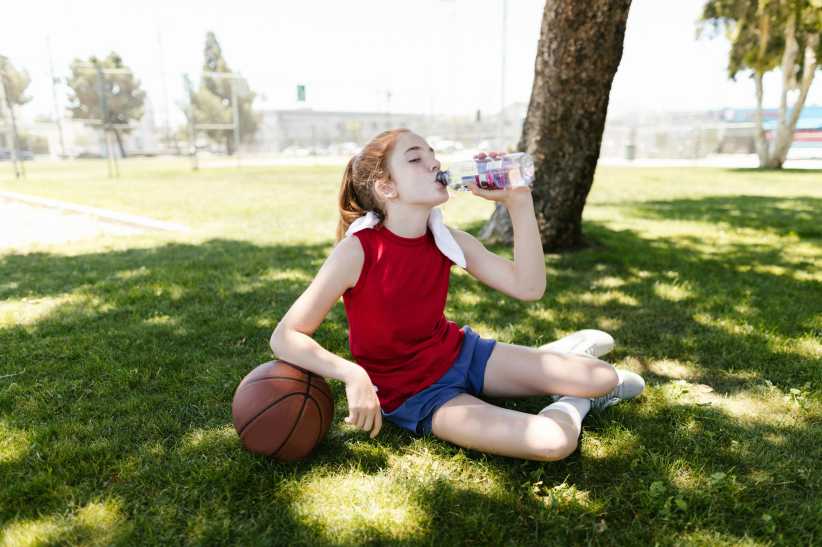When Nancy Ford Springer’s son Nick went to summer camp in the Berkshires almost six years ago, she had never heard of meningococcal meningitis.
“I knew nothing about this disease,” says Springer, now a director of the National Meningitis Association. “Zero.” Within hours of developing a high fever and vomiting, Nick was in a hospital in a medically induced coma, where he would remain for over six weeks. The disease cost Nick his hands and his legs, but not his life.
“We are lucky parents because we have our son and this disease often kills young people in the prime of their life. Nick didn’t have some of the classic signs — a stiff neck or a headache. Within about 12 hours of the first signs of the illness, he developed a purple rash on his torso and he remembers his legs going out all of a sudden. The scary part of this disease is that when you reach this point, you are hours away from death,” Springer explains.
Since the disease is so fast-moving, and potentially so deadly, the Centers for Disease Control and Prevention’s (CDC) Advisory Committee on Immunization Practices has created a new recommendation that all adolescents be vaccinated against the bacterial infection that strikes nearly 3,000 Americans annually. Adolescents and young adults are at increased risk of contracting the disease and have an unusually high death rate from it. In one study, published in the Journal of the American Medical Association (JAMA), nearly one in four adolescents infected with the disease died, compared to 10 to 12 percent of the overall population.
“This disease it is one of the scariest things known to medicine. It’s like getting run over by a very big truck,” says Dr. Kenneth Bromberg, chairman of pediatrics at the Brooklyn Hospital Center. “Your child can get very sick, very fast. Parents might think they can do things to decrease the risks, which include crowded living conditions, sharing drinks or being around smokers – but the reality is that when your child is away at college, for instance, you can’t do anything about those issues.”
The vaccine is available now, and insurance companies are starting to cover it. It is currently recommended for children at the pre-adolescent doctor’s visit (11-12 years old), the high school entrance visit (15 years old), or college entrance physical. The benefit of the new conjugate vaccine is that it confers protection over a number of years, so if you have your child vaccinated at 11, he will still be protected when he enters college.
Dr. Oleg Bilukha, an epidemiologist in CDC’s Meningitis and Special Pathogens Branch, says that while younger children generally won’t be vaccinated now, the manufacturer has done studies that could lead to immunization recommendations for children as young as 2.
“The data is being summarized now and the company will probably be looking to indicate it for younger ages. The recommendations made now maximize the benefit of the vaccine with the general population, and the older group is clearly more at risk for the disease,” he says.
While Nick Springer contracted the disease at summer camp, research doesn’t indicate that this is a high-risk location, Dr. Bromberg says. Nancy Springer adds that you should get your young adolescent vaccinated and instruct him not to share lip balms, bottles and cups with bunkmates. She and her son worked with legislators to pass a law that ensures that all parents sending their children to camp in New York State will receive information about this disease, as well as the vaccination.
Dr. Bromberg, who got his now-adult daughter immunized with an older version of the vaccine before she went to college, says that although the likelihood of getting the disease is slight — and parents often don’t like to subject their child to another shot, even those parents skeptical about the value of vaccines should take a serious look at this one.
“Even though this disease is very rare, it’s very serious, and this vaccine provides good coverage,” he says. “To me, the benefits clearly outweigh any perceived risk.”






















